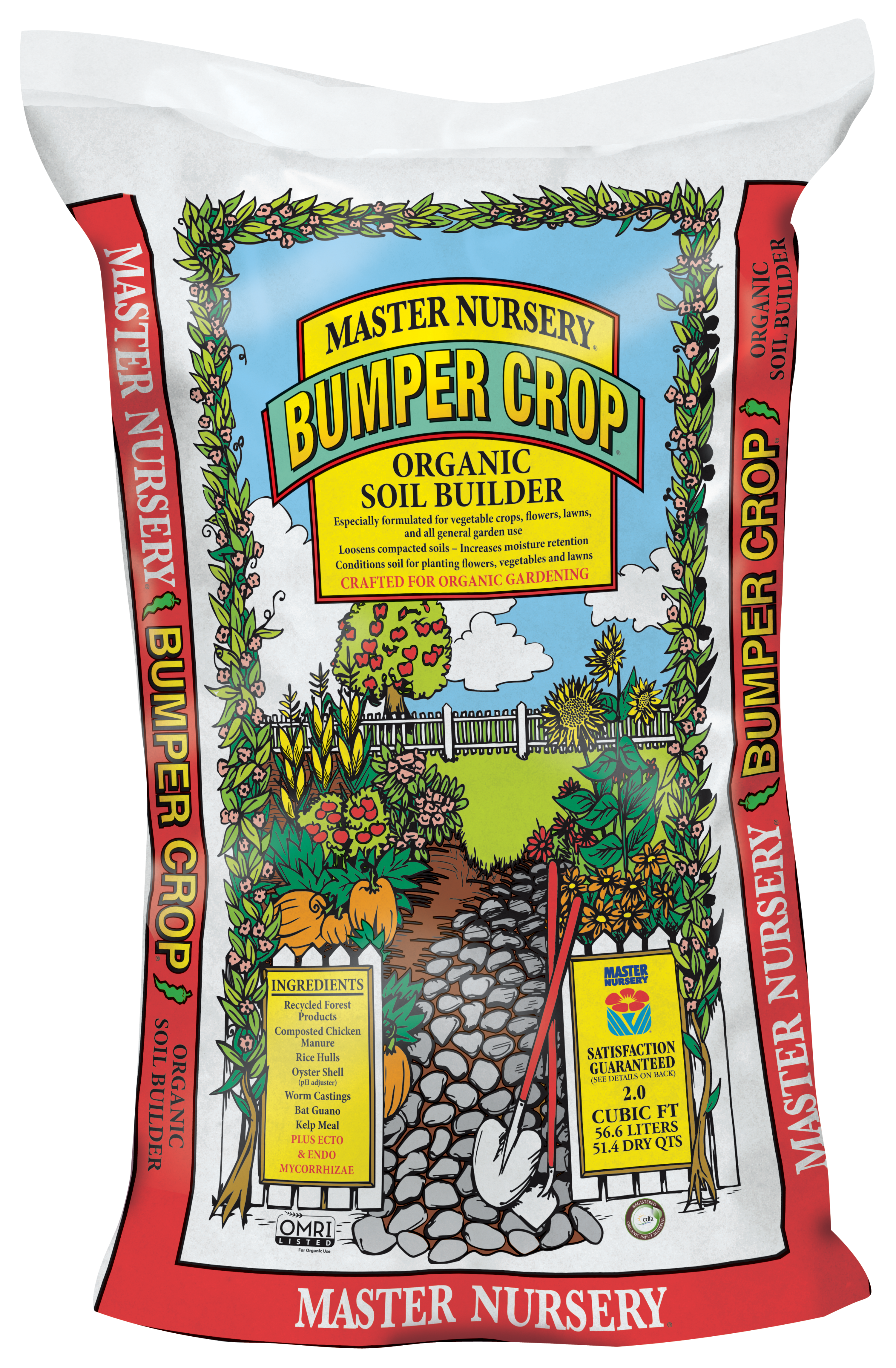Our Favorite Trees for Fall Color: Nature’s Masterpieces in Your Backyard
Fall in Maryland is a magical time, and nothing signals the season quite like the vibrant colors of changing leaves. At D.R. Snell Nursery, we absolutely love helping you find the perfect tree to bring autumn to life in your garden. Whether you’re looking for a tree that makes the neighbors stop in their tracks or simply something to cozy up your outdoor space, we’ve rounded up some of our favorite trees for stunning fall color. Trust us—these are the showstoppers you didn’t know you needed!
Red Maple (Acer rubrum)
If you want a jaw-dropping burst of red and orange, the Red Maple is your tree. Its rich fall hues are like a painter’s palette, blending effortlessly into any landscape. These trees are hardy, fast-growing, and relatively low maintenance, making them a great option for busy gardeners who still want to enjoy the magic of fall. Plant them in full sun, and you’ll be rewarded with a fiery display each autumn.
Sugar Maple (Acer saccharum)
Do you love that picturesque fall landscape you see on postcards? Chances are, a Sugar Maple is behind it. With brilliant oranges, yellows, and reds, these trees practically define fall. Plus, they’re native to our area, which makes them an eco-friendly choice. And if you’re looking for a tree that delivers year-round, Sugar Maples also offer summer shade and a strong, sculptural presence in winter.
Ginkgo (Ginkgo biloba)
If you’re after a golden touch, Ginkgo trees will make you feel like royalty. Their fan-shaped leaves turn a vibrant yellow in the fall, lighting up any landscape. What we adore most is how all the leaves drop almost at once, carpeting the ground in a sea of gold. Talk about Instagram-worthy!
Serviceberry (Amelanchier)
Don’t just look at fall as a season—treat it as a flavor, too! The Serviceberry is a lesser-known gem that offers stunning red and orange fall foliage and delicious, blueberry-like fruit in the summer. It’s also a native tree, so it thrives in our area. Plus, birds love it, making it a must-have for any nature lover.
Black Tupelo (Nyssa sylvatica)
If you haven’t considered Black Tupelo for your landscape, you’re missing out! This tree provides one of the most stunning displays of fall color, ranging from orange to red and even purple. It’s a versatile, low-maintenance tree that can handle various soil conditions, making it a fantastic addition to almost any garden.
‘Cathedra’ Elm (Ulmus ‘Cathedra’)
Elms are making a strong comeback, and the ‘Cathedra’ Elm is one of the best for fall color. Known for its stunning yellow hues in autumn, this tree combines durability with beauty. The ‘Cathedra’ Elm is also resistant to Dutch elm disease, making it an excellent long-term investment in your landscape. Its graceful shape and vibrant fall color make it a standout choice.
At D.R. Snell Nursery, we have these beautiful trees ready to bring fall color to your landscape. Whether you’re planting for the first time or adding to your garden, stop by and let us help you choose the perfect tree for your fall fantasy.






 preventing insects from coming inside with your plants. Just mix it into the soil before you bring your plants indoors. It provides long-lasting protection against a variety of pests, including aphids, whiteflies, and spider mites.
preventing insects from coming inside with your plants. Just mix it into the soil before you bring your plants indoors. It provides long-lasting protection against a variety of pests, including aphids, whiteflies, and spider mites.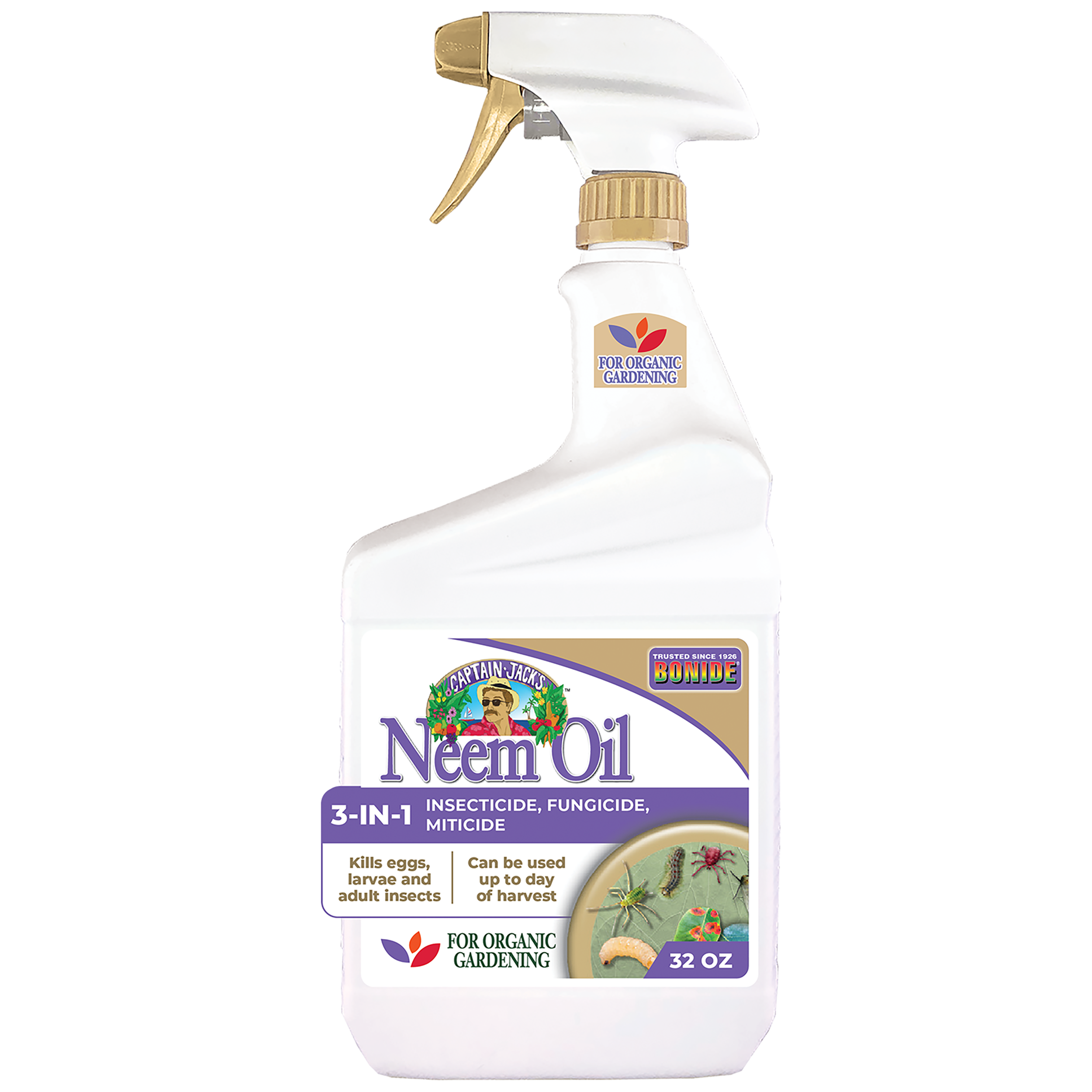 leaves and stems. It smothers bugs on contact and acts as a deterrent for futureinfestations. Use it as a foliar spray to keep your plants clean and pest-free.
leaves and stems. It smothers bugs on contact and acts as a deterrent for futureinfestations. Use it as a foliar spray to keep your plants clean and pest-free.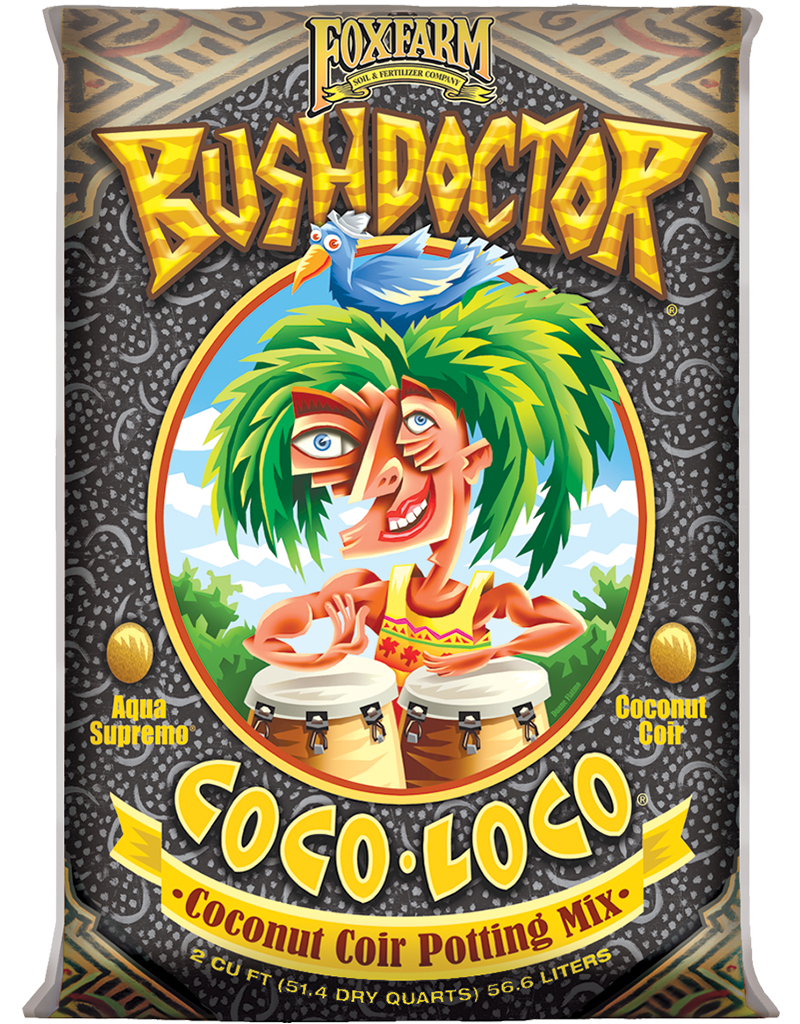 Coco Loco Potting Soil by FoxFarm: If your plants need a larger home, our premium Coco Loco potting soil is the best choice for healthy root growth and moisture retention. This mixis perfect for tropical and houseplants alike, offering the right balance of aeration and nutrients.
Coco Loco Potting Soil by FoxFarm: If your plants need a larger home, our premium Coco Loco potting soil is the best choice for healthy root growth and moisture retention. This mixis perfect for tropical and houseplants alike, offering the right balance of aeration and nutrients.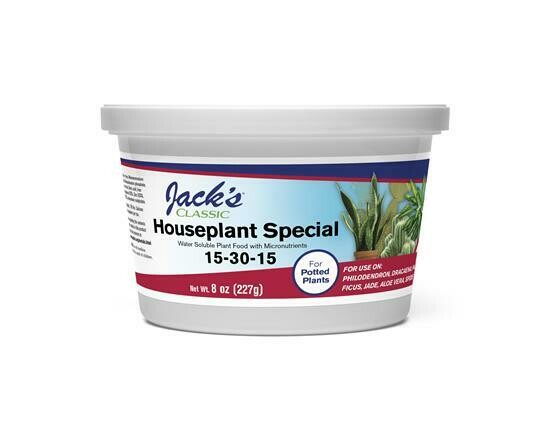 Jack’s Houseplant Special Liquid Fertilizer: This is our go-to liquid fertilizer forhouseplants. It provides an instant dose of essential nutrients to keep leaves green andgrowth steady. Use it every couple of weeks to maintain strong, healthy plants.
Jack’s Houseplant Special Liquid Fertilizer: This is our go-to liquid fertilizer forhouseplants. It provides an instant dose of essential nutrients to keep leaves green andgrowth steady. Use it every couple of weeks to maintain strong, healthy plants. The Benefits of Pine Bark Mulch: The Right Choice for Your Garden
The Benefits of Pine Bark Mulch: The Right Choice for Your Garden

 In contrast, shredded hardwood mulch tends to mat down and compact over time, which can hinder water infiltration and reduce soil aeration. Compacted mulch can lead to poor drainage, waterlogged soil, and root rot, all of which can negatively impact plant health. Dyed mulches, often made from finely ground wood, may have similar issues with compaction and poor drainage, in addition to the potential negative effects of the dyes used.
In contrast, shredded hardwood mulch tends to mat down and compact over time, which can hinder water infiltration and reduce soil aeration. Compacted mulch can lead to poor drainage, waterlogged soil, and root rot, all of which can negatively impact plant health. Dyed mulches, often made from finely ground wood, may have similar issues with compaction and poor drainage, in addition to the potential negative effects of the dyes used.


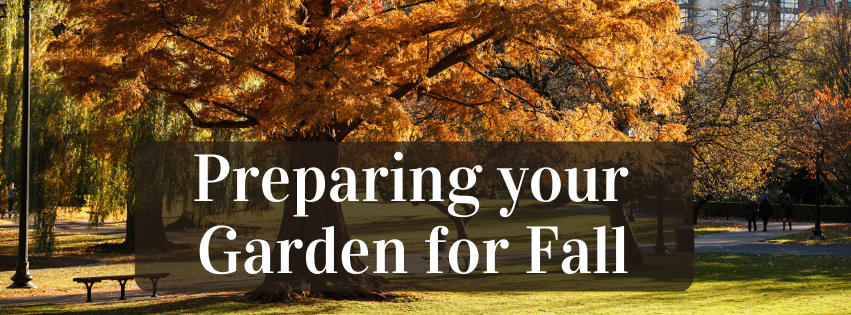
 and debris from your garden beds. This is especially important if you’ve had any disease or pest issues during the summer, as removing infected plant material can help prevent problems from carrying over into the next year. Compost healthy plant material to add back nutrients to your garden, but dispose of any diseased plants.
and debris from your garden beds. This is especially important if you’ve had any disease or pest issues during the summer, as removing infected plant material can help prevent problems from carrying over into the next year. Compost healthy plant material to add back nutrients to your garden, but dispose of any diseased plants.